
The Luxembourg Armed Forces are the national military force of Luxembourg. The army has been a fully volunteer military since 1967. As of December 2018, it has 939 personnel.

The International Security Assistance Force (ISAF) was a multinational military mission in Afghanistan from 2001 to 2014. It was established by United Nations Security Council Resolution 1386 pursuant to the Bonn Agreement, which outlined the establishment of a permanent Afghan government following the U.S. invasion in October 2001. ISAF's primary goal was to train the Afghan National Security Forces (ANSF) and assist Afghanistan in rebuilding key government institutions; it gradually took part in the broader war in Afghanistan against the Taliban insurgency.
This list of military installations consists of a collection of military related lists worldwide:

The Supreme Headquarters Allied Powers Europe (SHAPE) is the military headquarters of the North Atlantic Treaty Organization's (NATO) Allied Command Operations (ACO) that commands all NATO operations worldwide. SHAPE is situated in the village of Casteau, near Mons, Belgium.
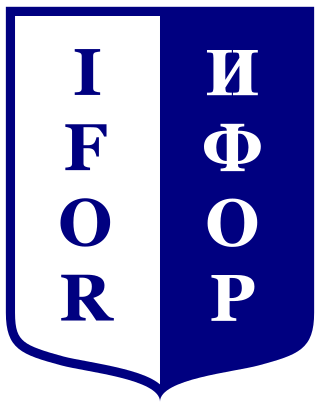
The Implementation Force (IFOR) was a NATO-led multinational peace enforcement force in Bosnia and Herzegovina under a one-year mandate from 20 December 1995 to 20 December 1996 under the codename Operation Joint Endeavour.
The Allied Rapid Reaction Corps (ARRC) is a rapid reaction force maintained by NATO. It is capable of deploying a High Readiness Force (Land) Headquarters at short notice for operations and crisis response.
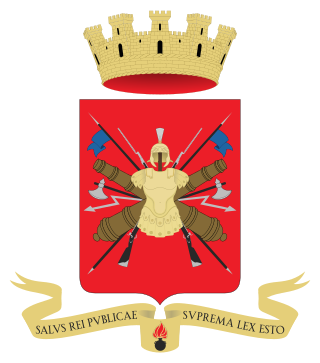
The Italian Army is the land force branch of the Italian Armed Forces. The army's history dates back to the Italian unification in the 1850s and 1860s. The army fought in colonial engagements in China, Libya, Northern Italy against the Austro-Hungarian Empire during World War I, Abyssinia before World War II and in World War II in Albania, Balkans, North Africa, the Soviet Union, and Italy itself. During the Cold War, the army prepared itself to defend against a Warsaw Pact invasion from the east. Since the end of the Cold War, the army has seen extensive peacekeeping service and combat in Afghanistan and Iraq. Its best-known combat vehicles are the Dardo infantry fighting vehicle, the Centauro tank destroyer and the Ariete tank and among its aircraft the Mangusta attack helicopter, recently deployed in UN missions. The headquarters of the Army General Staff are located in Rome opposite the Quirinal Palace, where the president of Italy resides. The army is an all-volunteer force of active-duty personnel.

Allied Forces Northern Europe (AFNORTH) was the northern Major Subordinate Command of NATO's Allied Command Europe (ACE), located at Kolsås outside Oslo. In the case of war with the Soviet Union, AFNORTH would assume supreme command of all Allied forces in northern Europe and Germany north of Elbe/Hamburg and adjacent sea territory.

Campbell Barracks, in Heidelberg, Germany, was home to Headquarters, United States Army Europe (USAREUR) from 1948 to 2013. It was also home to Headquarters, V Corps and Headquarters, Allied Force Command Heidelberg.

The Joint Force CommandNaples is a NATO military command based in Lago Patria, in the Metropolitan City of Naples, Italy. It was activated on 15 March 2004, after effectively redesigning its predecessor command, Allied Forces Southern Europe (AFSOUTH), originally formed in 1951. In NATO Military Command Structure terms, AFSOUTH was a "Major Subordinate Command". The commander of JFC Naples reports to the Supreme Allied Commander Europe at the Supreme Headquarters Allied Powers Europe, Casteau, Belgium.
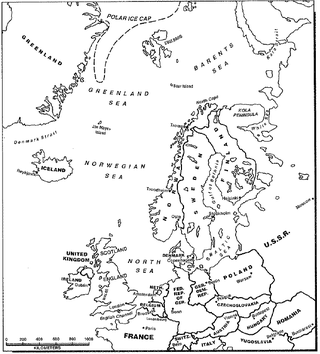
Exercise Mainbrace was the first large-scale naval exercise undertaken by the newly established Allied Command Atlantic (ACLANT), one of the two principal military commands of the North Atlantic Treaty Organization (NATO). It was part of a series of NATO exercises jointly commanded by Supreme Allied Commander Atlantic Admiral Lynde D. McCormick, USN, and Supreme Allied Commander Europe General Matthew B. Ridgeway, U.S. Army, during the fall of 1952.

The Allied Air Command (AIRCOM) is the central command of all NATO air and space forces and the Commander Allied Air Command is the prime air and space advisor to the Alliance. When directed by the Supreme Allied Commander Europe (SACEUR), it provides the core of the headquarters responsible for the conduct of air operations. The command is based at the Ramstein Air Base in Germany.
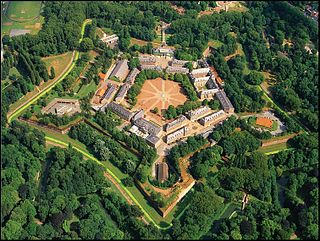
The Rapid Reaction Corps — France (RRC-FR) was created on 1 July 2005 by the French Army. It is NATO certified and capable of commanding a national or multinational land component of between 5,000 and 60,000 personnel. The corps is intended to command forces under French, EU or NATO command. It is subordinated to the French Army's Commandement des Forces Terrestres, the land forces command.
1 German-Netherlands Corps (1GNC) is a multinational formation consisting of units from both the Royal Netherlands Army and German Army. The corps' headquarters also takes part in NATO Response Force readiness rotations. It is situated in Münster, formerly the headquarters of the German Army's I. Corps out of which 1 German-Netherlands Corps evolved. The corps has national and multinational operational responsibilities.
United States and NATO International Security Assistance Force (ISAF) operations, alongside Afghan National Army forces, continued against the Taliban through 2008.

Headquarters Allied Force Command Heidelberg was a formation of the North Atlantic Treaty Organization (NATO) responsible for providing deployable joint staff elements (DJSE) in support of NATO operations worldwide. It was headquartered at Campbell Barracks, Germany, and reported to the Joint Force Command Brunssum (JFCBS). During the War in Afghanistan, it provided command and control elements to the International Security Assistance Force (ISAF). It was disbanded on 1 April 2013.
The Structure of the North Atlantic Treaty Organization is complex and multi-faceted. The decision-making body is the North Atlantic Council (NAC), and the member state representatives also sit on the Defence Policy and Planning Committee (DPPC) and the Nuclear Planning Group (NPG). Below that the Secretary General of NATO directs the civilian International Staff, that is divided into administrative divisions, offices and other organizations. Also responsible to the NAC, DPPC, and NPG are a host of committees that supervise the various NATO logistics and standardisation agencies.

Operation Unified Protector was a NATO operation in 2011 enforcing United Nations Security Council resolutions 1970 and 1973 concerning the Libyan Civil War and adopted on 26 February and 17 March 2011, respectively. These resolutions imposed sanctions on key members of the Gaddafi government and authorized NATO to implement an arms embargo, a no-fly zone and to use all means necessary, short of foreign occupation, to protect Libyan civilians and civilian populated areas.
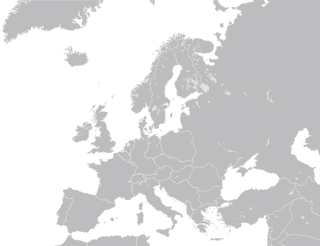
The history of the North Atlantic Treaty Organization (NATO) begins in the immediate aftermath of World War II when British diplomacy set the stage to contain the Soviet Union and to stop the expansion of Soviet power in Europe. The United Kingdom and France signed, in 1947, the Treaty of Dunkirk, a defensive pact, which was expanded in 1948 with the Treaty of Brussels to add the three Benelux countries and committed them to collective defense against an armed attack for fifty years. The British worked with Washington to expand the alliance into NATO in 1949, adding the United States and Canada as well as Italy, Portugal, Norway, Denmark, and Iceland. Greece and Turkey joined in 1952, West Germany joined in 1955, Spain joined in 1982, Czech Republic, Hungary and Poland joined in 1999, Bulgaria, Estonia, Latvia, Lithuania, Romania, Slovakia, and Slovenia joined in 2004, Albania and Croatia joined in 2009, Montenegro joined in 2017, North Macedonia joined in 2020, Finland joined in 2023, and Sweden joined in 2024.















